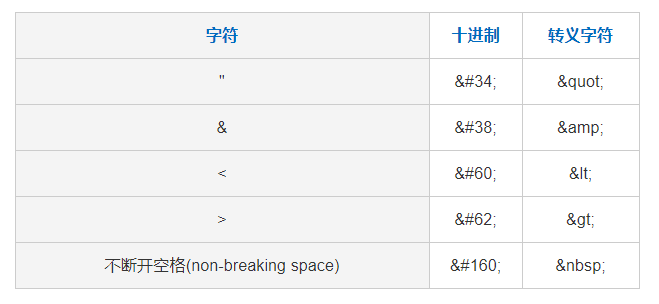Introduction
Dynamic SQL: dynamic SQL.
In this section, we will learn from the official documents of MyBatis.
Description
The official description is as follows:
One of the most powerful features of MyBatis has always been its Dynamic SQL capabilities. If you have any experience with JDBC or any similar framework, you understand how painful it is to conditionally concatenate strings of SQL together, making sure not to forget spaces or to omit a comma at the end of a list of columns. Dynamic SQL can be downright painful to deal with.
While working with Dynamic SQL will never be a party, MyBatis certainly improves the situation with a powerful Dynamic SQL language that can be used within any mapped SQL statement.
The Dynamic SQL elements should be familiar to anyone who has used JSTL or any similar XML based text processors. In previous versions of MyBatis, there were a lot of elements to know and understand. MyBatis 3 greatly improves upon this, and now there are less than half of those elements to work with. MyBatis employs powerful OGNL based expressions to eliminate most of the other elements:
● if ● choose (when, otherwise) ● trim (where, set) ● foreach
My View
In conclusion, there are three points:
-
MyBatis is powerful in dynamic SQL.
-
You need to know OGNL expression
-
if/choose/trim/foreach
OGNL
See here for usage: OGNL Guide
In addition, escape characters are supported, so take a look at escape:

if/where/trim/choose/foreach
- if stands for judgment
<if test="title != null"> AND title like #{title} </if>
- where
We always write AND in the if tag, so when the first one doesn't exist, there will be a problem: sql: ...WHERE AND ...
So where is the solution
<where> <if test="state != null"> state = #{state} </if> <if test="title != null"> AND title like #{title} </if> <if test="author != null and author.name != null"> AND author_name like #{author.name} </if> </where>
- trim
Someone will say, since there are problems in writing at the front, can we write at the back? Certainly.
Let's look at the usage of trim:
<trim prefix="WHERE" prefixOverrides="AND |OR "> ... </trim> ----- <trim prefix="SET" suffixOverrides=","> ... </trim>
To summarize: prefix: what's in front prefixOverrides: what was previously ignored Suffix: suffix suffixOverrides: what is ignored after
- choose
<choose> <when test="title != null"> AND title like #{title} </when> <when test="author != null and author.name != null"> AND author_name like #{author.name} </when> <otherwise> AND featured = 1 </otherwise> </choose>
- foreach
Traverses a collection.
WHERE ID in <foreach item="item" index="index" collection="list" open="(" separator="," close=")"> #{item} </foreach>
Epilogue
Today, I'll come here first, then I'll add.
Test code: DynamicSQL-Demo
It should be noted that in order to maintain the test style, some return value types are not correct, resulting in test errors, but this does not affect the learning of the section, because you can see sql and results.